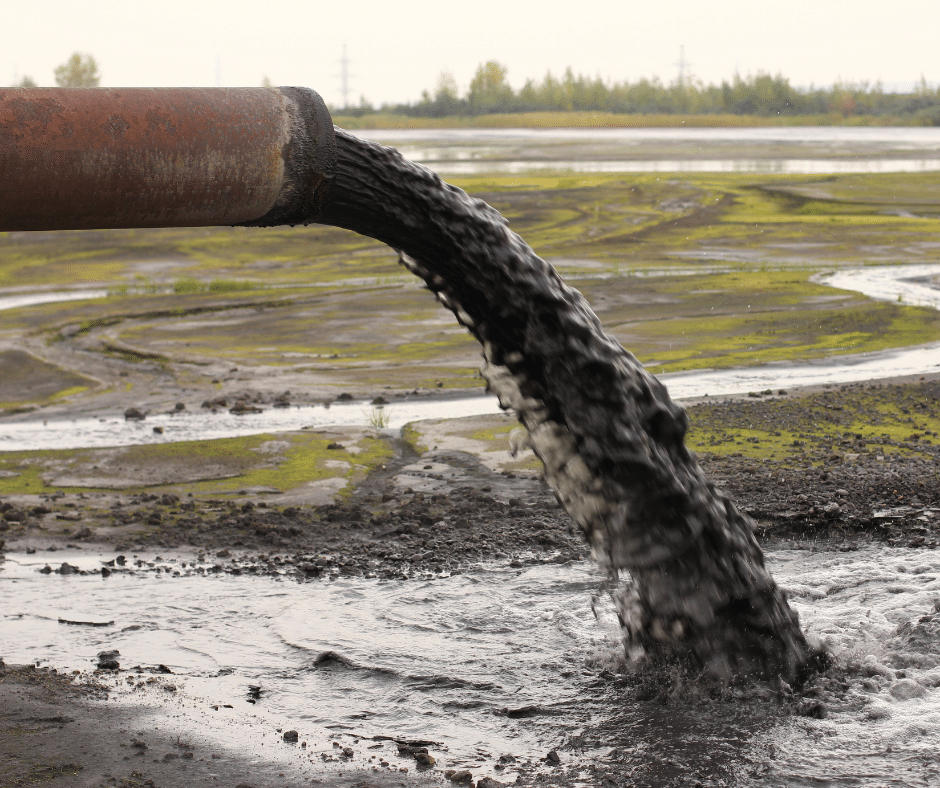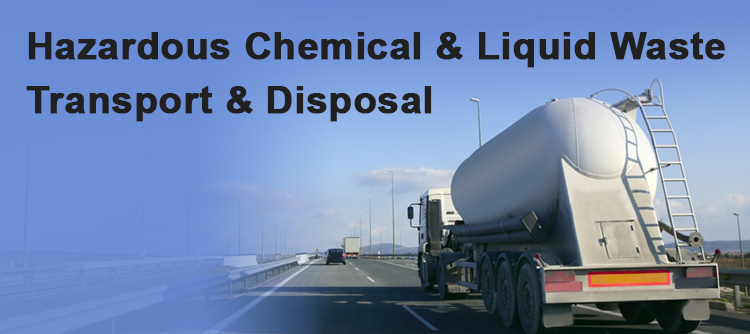Industrial Wastewater Treatment: Advanced Approaches for Effective Management
Industrial Wastewater Treatment: Advanced Approaches for Effective Management
Blog Article
Exactly How Liquid Garbage Disposal Works: An In-depth Introduction of Methods and Technologies Utilized

Review of Liquid Waste Types
The intricacy of fluid waste kinds demands a detailed understanding of their qualities and effects for disposal. Liquid waste can broadly be classified right into a number of types, consisting of industrial, metropolitan, farming, and contaminated materials. Each group shows unique residential or commercial properties, calling for certain monitoring methods to reduce environmental and health risks.
Industrial fluid waste stems from making procedures and typically consists of a variety of pollutants, such as hefty metals, solvents, and natural compounds. Municipal liquid waste, mainly consisting of wastewater from households and industrial facilities, includes natural issue, nutrients, and pathogens (industrial wastewater treatment). Agricultural liquid waste, consisting of overflow from ranches, may have fertilizers, pesticides, and pet waste, posturing threats to water quality and ecosystems
Hazardous liquid waste is defined by its poisoning, reactivity, or possible to trigger injury. This group consists of substances like acids, bases, and particular chemicals that necessitate rigid handling and disposal protocols. Comprehending these varied fluid waste types is crucial for developing efficient disposal techniques and making sure conformity with ecological regulations. Appropriate category and characterization are essential for applying suitable therapy techniques and reducing the damaging impacts on public wellness and the environment.
Physical Treatment Methods

Testing is the first action, where larger fragments and debris are eliminated from the fluid waste making use of displays or grates. This procedure secures downstream devices from damage and guarantees smoother procedure. Adhering to screening, sedimentation utilizes gravitational pressure to different solids from fluids. In sedimentation containers, larger bits work out at the bottom, forming a sludge layer, while the clarified fluid can be more dealt with.
Filtering is one more essential approach that involves passing the fluid with porous products, such as sand or membrane layers, to record smaller fragments. This step boosts the quality of the liquid, making it suitable for subsequent treatment processes.

Chemical Therapy Techniques
Chemical treatment methods are vital for effectively managing liquid waste, especially in dealing with dissolved and colloidal pollutants that physical approaches might not effectively get rid of. These methods make use of various chemical representatives to reduce the effects of, speed up, or change harmful substances into much less damaging forms.
One typical approach is coagulation and flocculation, where chemicals such as alum or ferric chloride are included in advertise the aggregation of suspended bits. This process enhances sedimentation, allowing for simpler elimination of the resulting sludge. Additionally, oxidation processes, utilizing representatives like chlorine or ozone, are employed to break down intricate organic substances and microorganisms, rendering the waste more secure for discharge or Related Site more treatment.
Neutralization is another important technique, which readjusts the pH of acidic or alkaline waste streams to neutral levels, avoiding prospective damage to downstream systems and the setting. Moreover, progressed oxidation procedures (AOPs) utilize combinations of oxidants and ultraviolet light to break down persistent pollutants, accomplishing a higher degree of treatment effectiveness.
Organic Therapy Processes
Biological therapy processes play a critical duty in the management of liquid waste by utilizing bacteria to disintegrate raw material and lower pollutant levels. These processes can be broadly classified right into cardio and anaerobic treatments, each utilizing particular microbial areas to accomplish reliable waste destruction.
Cardiovascular therapy involves the usage of oxygen to assist in the breakdown of natural products by microorganisms. This procedure is commonly executed in triggered sludge systems, where oygenation containers offer a helpful atmosphere for microbial growth, causing the oxidation of organic toxins. The resultant biomass can be divided from dealt with effluent via sedimentation.
In contrast, anaerobic therapy occurs in the absence of oxygen, counting on various germs to break down raw material. This approach is especially beneficial for high-strength waste, as it creates biogas, a renewable resource source, while lowering sludge production. Technologies such as anaerobic digesters are frequently used in industrial and local applications.
Both anaerobic and aerobic organic treatments not just minimize the ecological impact of fluid waste however additionally assist in resource recovery, making them necessary parts of sustainable waste monitoring methods. Discover More Their adaptability, performance, and effectiveness support their prevalent implementation across different sectors.
Emerging Technologies in Disposal
Cutting-edge approaches to liquid garbage disposal are quickly progressing, driven by developments in innovation and a raising emphasis on sustainability. Among these emerging modern technologies, membrane layer bioreactors (MBRs) have actually gained grip for their capability to incorporate biological therapy with membrane filtering, leading to high-quality effluent that can be reused in various applications. MBRs allow smaller sized impacts and extra reliable procedures contrasted to conventional systems.
An additional encouraging growth is the usage of anaerobic digestion integrated with nutrient recovery technologies, which not only treats liquid waste but likewise produces biogas and recuperates beneficial nutrients like nitrogen and phosphorus. This twin advantage boosts source effectiveness and reduces environmental effect.
Furthermore, advanced oxidation processes (AOPs) are being adopted for the destruction of intricate organic pollutants. These approaches use effective oxidants and drivers to break down impurities at the molecular degree, supplying a very efficient service for challenging waste streams.
Moreover, the integration of man-made knowledge and maker discovering in waste management systems is maximizing functional performance and predictive maintenance, leading to lowered expenses and enhanced ecological conformity. These innovations show a considerable shift in the direction of more effective and sustainable fluid waste disposal techniques.
Final Thought
Finally, efficient fluid garbage disposal necessitates a comprehensive understanding of numerous techniques and modern technologies. The combination of physical, chemical, and organic treatment approaches makes sure the efficient administration of diverse waste types. Furthermore, the introduction of innovative modern technologies enhances therapy effectiveness and advertises sustainability in waste management techniques. By continuously advancing these methodologies, it ends up being feasible to resolve the expanding obstacles related to fluid waste, inevitably adding to environmental management and resource recuperation.
Fluid waste disposal is a vital facet of ecological monitoring, requiring an extensive understanding of different methods and modern technologies customized to various waste kinds. Liquid waste can generally be classified right into several types, consisting of commercial, community, agricultural, and dangerous waste. Agricultural fluid waste, including runoff from a knockout post farms, may include fertilizers, pesticides, and pet waste, presenting threats to water top quality and ecosystems.
Numerous physical therapy approaches play an essential duty in managing liquid waste properly - industrial wastewater treatment.In final thought, efficient liquid waste disposal necessitates a thorough understanding of numerous methods and innovations
Report this page